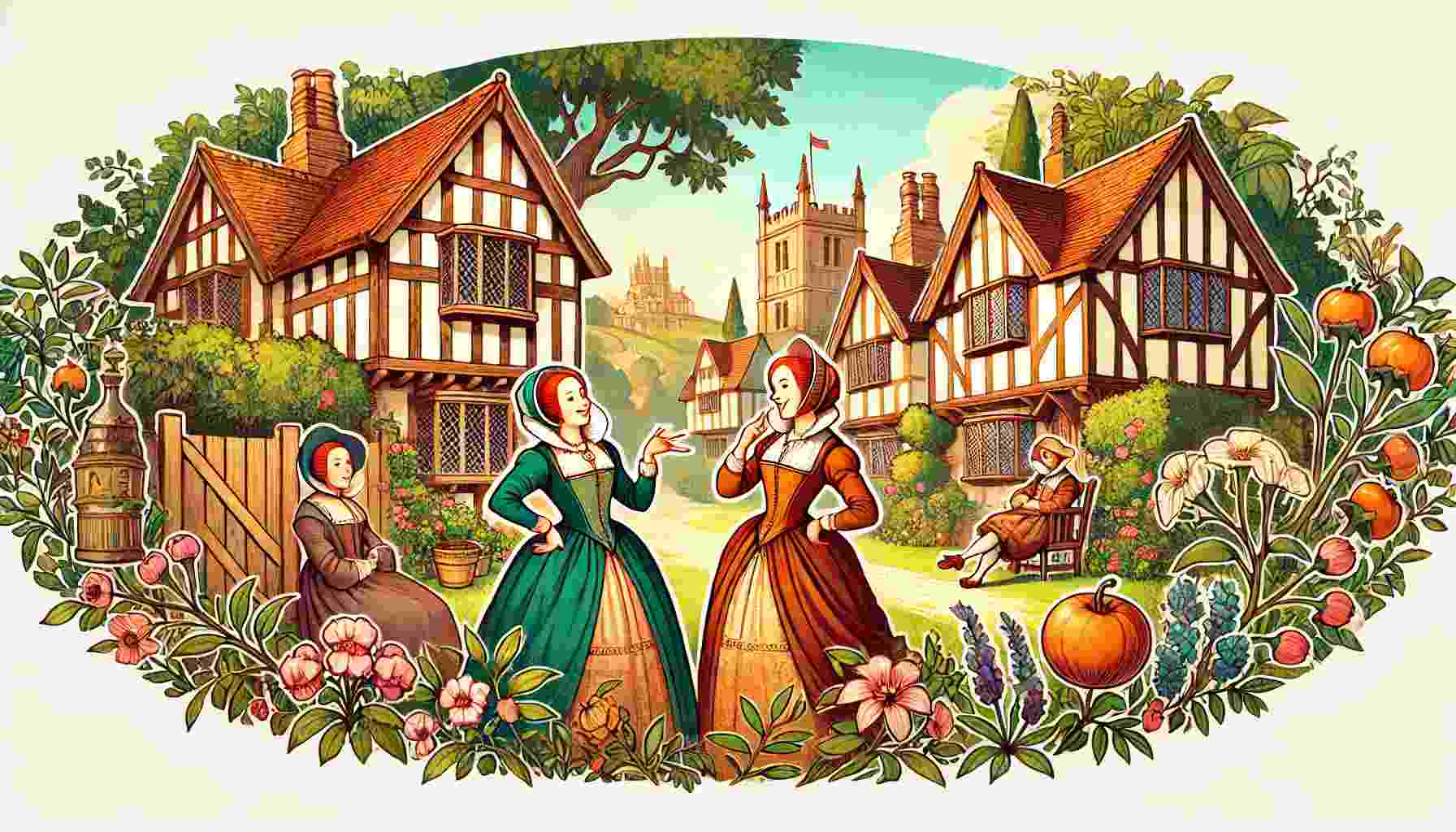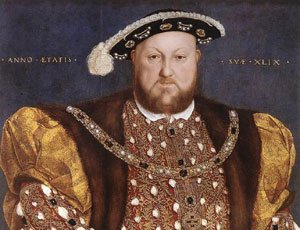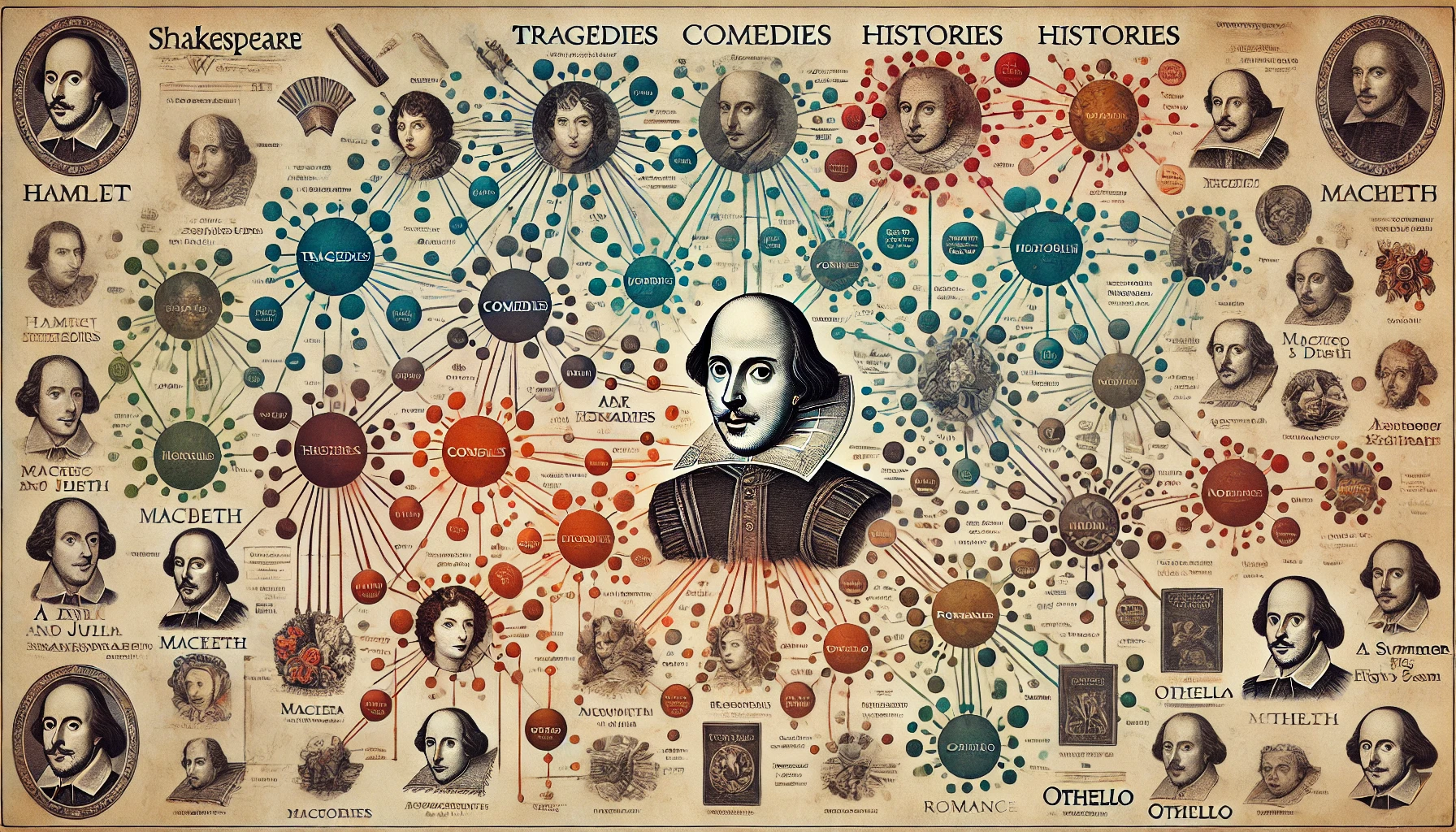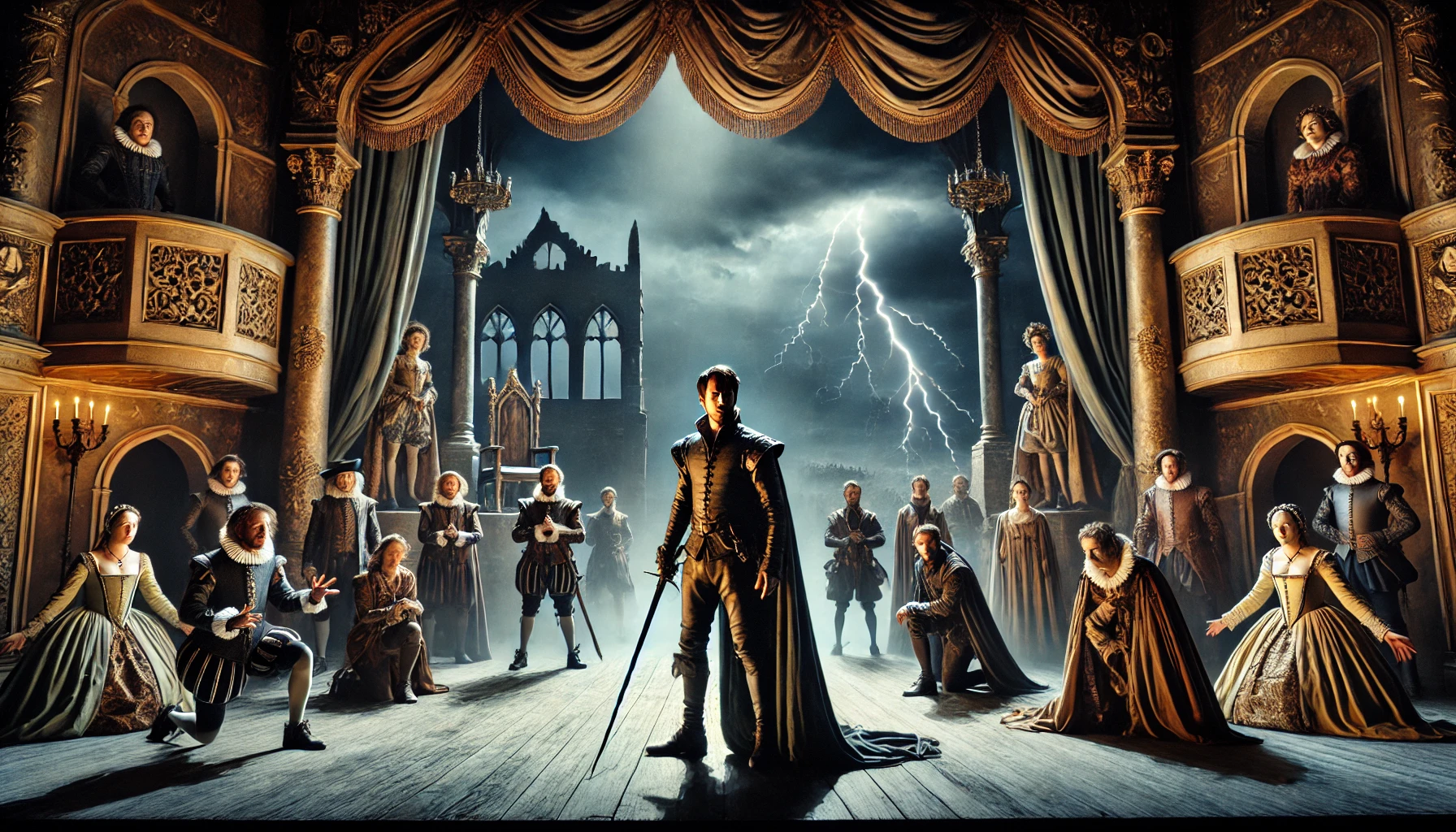JOHN R. R. TOLKIEN
(1892-1973)
Life and main works
John Ronald Reuel Tolkien was born in South Africa of English parents in 1892. At the age of four he was taken back to England by his mother, where he spent a happy childhood in the Sarehole countryside; his sensibility to the rural landscape can clearly be seen both in his writings and in his pictures. During his university years he began to develop his passion for an imagery world peopled by strange creatures, elves, dwarves, wizards, warriors and ancient knights, enchanted swords, terrible monsters, bewitched mountains, magic forests linked to the world of folklore and legends of Northern Europe. After the war, he began to write the mythological and legendary cycle which he originally called “The Book of Lost Tales” but which eventually became known as The Silmarillion. In 1920 Tolkien was appointed as Reader in the English Language at the University of Leeds, a post that was converted to a Professorship four years later. He distinguished himself by his lively and imaginative teaching, and in 1925 he was elected Professor of Anglo-Saxon at Oxford, where he worked with great skill and enthusiasm for many years. For his children he wrote and illustrated The Father Christmas Letters, and to them he told the story of The Hobbit, published some years later in 1937; this book was followed by three volumes of The Lord of the Rings (1954-55). This huge story took twelve years to complete, and its extraordinary popularity took the writer by surprise. Tolkien died after a very brief illness in 1973, leaving his great mythological and legendary cycle The Silmarillion to be edited for publication by his son (1977).
The function of mythology
Tolkien, argued his contemporaries, had forgotten that the mythological imagination could deal in a profoundly revealing way with serious moral and spiritual issues. He himself had learned, through the creation of Middle-earth, something very new and yet very old: a living mythology can deepen rather than cloud man’s vision of reality. He found next that he had to set about the task of schooling an entire generation to a renewed perception of an ancient value and truth by the creation of fairy-stories.
Importance of imagination
He called the modern functions of fantasy: “Recovery, Escape and Consolation”.
The first had to do directly with the health of human imagination. Like all Romantic artists, Tolkien was strongly convinced of the priority of imagination over perception; precisely what enabled men to see the real meaning of the world was mythological imagination.
“Escape” consisted of a desire compounded by what might well be described as the peculiarly modern emotions, “Disgust, Anger, Condemnation and Revolt against the Robot Age”.
The third function, “Consolation”, was the bringing of a sudden and miraculous grace in the happy ending of the fairy story.
Style
Tolkien’s style was extremely simple and quite similar to the one of the old Romance, which did not aim at drawing attention to the way it was written. Tolkien, in fact, was far more concerned with the matter of his narrative than its manner, and he only exercised his undoubted gift for language in inventing names, which is exactly in the tradition of a Romance, just like the use of poems which are mingled in with the narration of The Lords of the Rings. This book became a best-seller in the mid-sixties and it was read by the dissident, young, educated middle class, who wanted to escape from the artificiality of modern industrial society.
JOHN R. R. TOLKIEN
(1892-1973)
Vita e opere principali
John Ronald Reuel Tolkien nacque in Sud-Africa da genitori inglesi nel 1892. All’età di quattro anni fu riportato in Inghilterra da sua madre, dove trascorse un’infanzia felice nella campagna di Sarehole; la sua sensibilità per i paesaggi rurali si può notare chiaramente sia attraverso i suoi scritti che nei suoi dipinti. Durante gli anni dell’università cominciò a sviluppare la sua passione per un mondo immaginario popolato da strane creature, elfi, nani, stregoni, guerrieri e antichi cavalieri, spade incantate, terribili mostri, montagne stregate, foreste magiche collegate ad un mondo di folklore e leggende del Nord Europa. Dopo la guerra, egli cominciò a scrivere il ciclo mitologico e leggendario che originariamente intitolò “Il Libro dei Racconti Perduti” ma che infine divenne celebre come Il Silmarillion. Nel 1920 Tolkien fu nominato Lettore in Lingua Inglese all’Università di Leeds, carica che fu convertita in Cattedra quattro anni dopo. Egli si distingueva per il suo insegnamento vivace e fantasioso, e nel 1925 fu eletto Docente di Anglo-Sassone ad Oxford, dove lavorò con grande talento ed entusiasmo per molti anni. Per i sui bambini egli scrisse ed illustrò Le Lettere di Babbo Natale, e a loro egli narrò la storia de Lo Hobbit , pubblicato alcuni anni dopo nel 1937; questo libro fu seguito da tre volumi de Il Signore degli Anelli (1954-55). Questa storia strepitosa impiegò vent’anni per esser completa, e la sua straordinaria popolarità colse lo scrittore di sorpresa. Tolkien morì in seguito ad una malattia molto breve nel 1973, lasciando il suo ciclo mitologico e leggendario Il Simarillion da correggere per essere pubblicato da suo figlio (1977).
La funzione della mitologia
Tolkien, spiegarono i suoi contemporanei, aveva dimenticato che l’immaginazione può trattare in modo profondamente rivelatore questioni serie di tipo morale e spirituale. Egli stesso aveva imparato, attraverso la creazione della Terra di Mezzo, qualcosa di molto nuovo e tuttavia qualcosa di molto vecchio: una mitologia viva può scavare più a fondo rispetto ad una confusa visione umana della realtà. Realizzò in seguito di doversi accingere allo scopo d’insegnare ad un’intera generazione una percezione rinnovata di un antico valore e della verità attraverso la creazione di storie fantastiche.
Importanza dell’immaginazione
Egli definì le moderne funzioni fantastiche: “Guarigione, Fuga e Consolazione”.
La prima aveva a che fare direttamente con la salute dell’immaginazione umana. Come tutti gli artisti Romantici, Tolkien era fermamente convinto della superiorità dell’immaginazione sulla percezione; ciò che precisamente rendeva gli uomini capaci di vedere il reale significato del mondo era l’immaginazione mitologica.
“La Fuga” consisteva in un desiderio unito a quelle che potrebbero esser meglio descritte come emozioni particolarmente moderne, “Disgusto, Rabbia, Condanna e Rivolta contro l’Era dei Robot”.
La terza funzione, “Consolazione”, era la venuta di un’improvvisa e miracolosa grazia nel finale a lieto fine del racconto di fantasia.
Stile
Lo stile di Tolkien era estremamente semplice e molto simile a quello del vecchio romanzo, il quale non puntava a porre attenzione al modo in cui era scritto. Tolkien, infatti, era molto più concentrato sul soggetto della sua narrazione piuttosto che sullo stile, ed egli utilizzò il suo indubbio talento per la lingua soltanto nell’invenzione di nome , che è esattamente nella tradizione del romanzo, così come l’uso di poesie mescolate alla narrazione de Il Signore degli Anelli. Questo libro divenne un bestseller a metà degli anni sessanta e fu letto dalla dissidente, giovane, educata classe borghese, che voleva fuggire dall’artificiosità della società industriale moderna.







